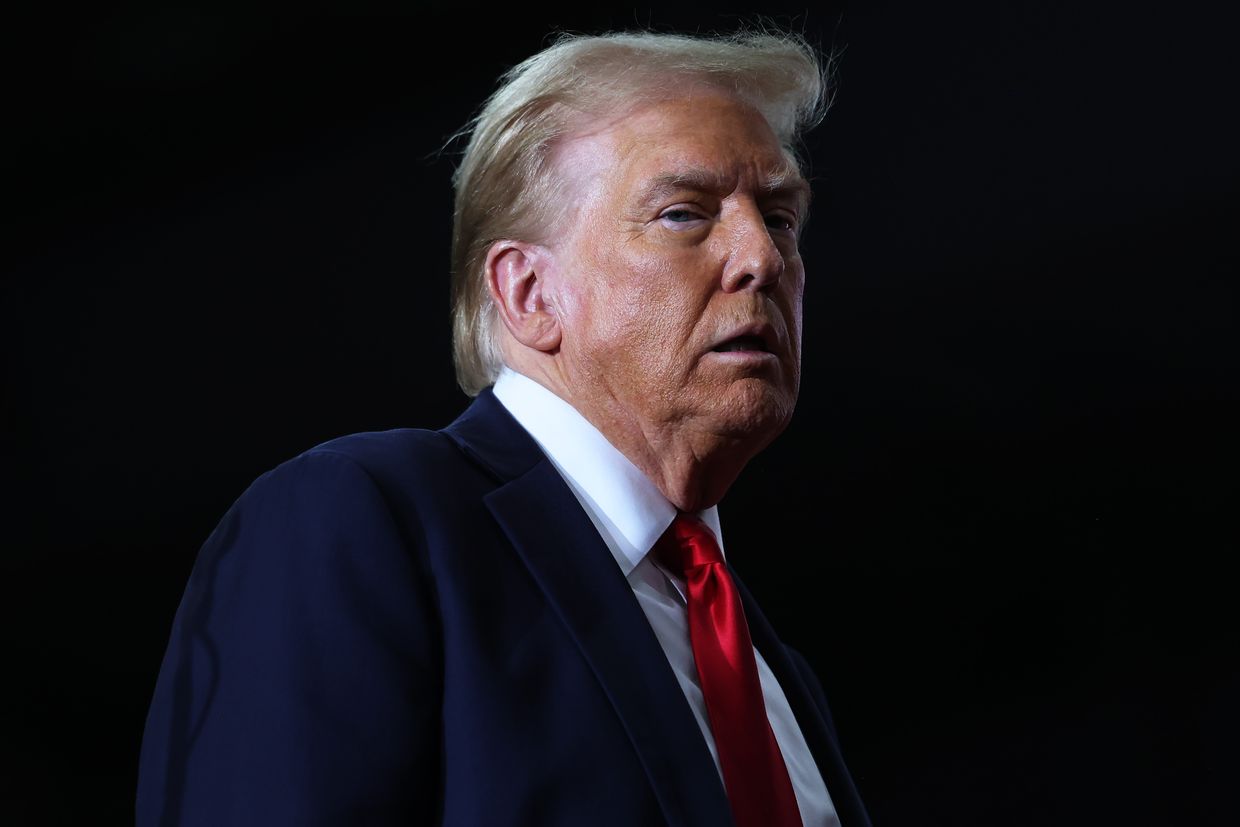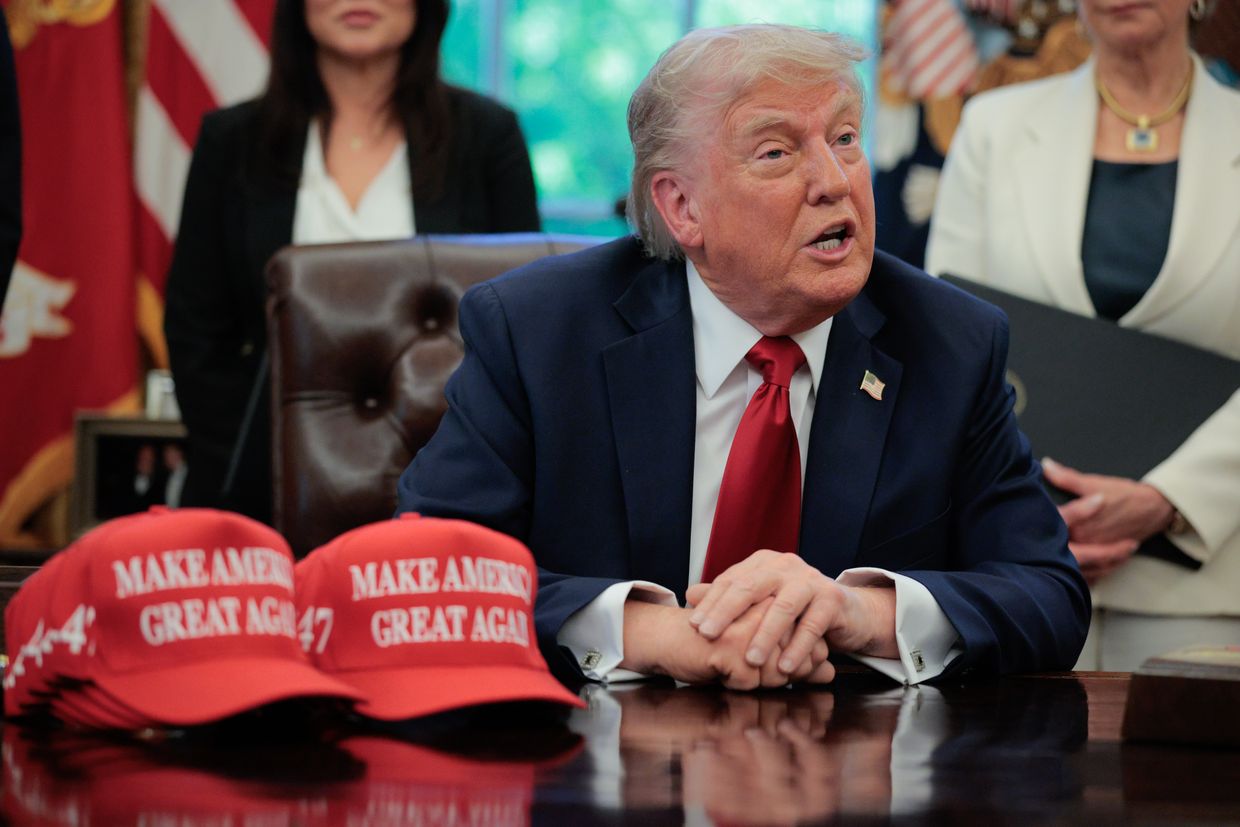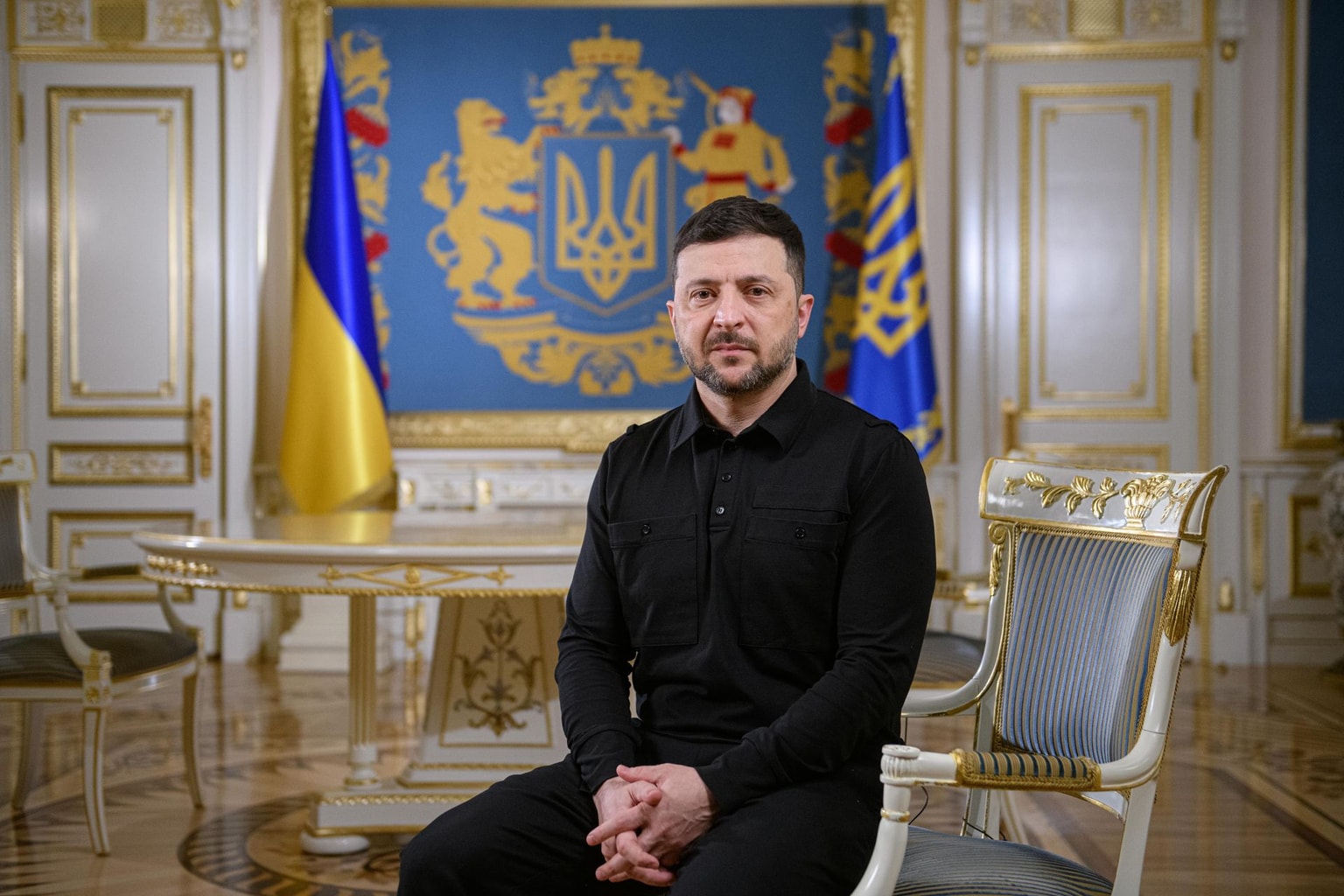Full text of US peace proposal at odds with Ukrainian, EU positions, Reuters reports

Reuters on April 25 published the full text of a U.S. peace proposal presented by Special Envoy Steve Witkoff to European officials in Paris on April 17, offering the clearest look yet at the Trump administration's plan to end Russia's full-scale war in Ukraine.
The publication also released a counterproposal delivered by Ukrainian and European officials earlier this week. The documents expose disagreements on critical issues, including territorial concessions, sanctions relief, security guarantees, and the size of Ukraine's armed forces.
The U.S. draft includes a provision to legally recognize Russia's 2014 annexation of Crimea and de facto accept Russian control over Ukrainian territory seized since 2022.
In contrast, the European-Ukrainian proposal insists that territorial questions should only be addressed after a full ceasefire and start from the basis of the line of control.
Security guarantees also remain a key dividing line. The U.S. text offers vague language about a "robust security guarantee" for Ukraine to be provided by unspecified European and "friendly" countries. It also requires Kyiv to abandon its bid to join NATO.
The Ukrainian-European proposal calls for reliable, enforceable guarantees from allies — including the U.S. — and rejects limits on Ukraine's military or its ability to host allied forces.
The documents also diverge sharply on sanctions policy. The U.S. plan calls for lifting sanctions imposed on Russia since 2014, including those related to Crimea.
The Ukrainian-European text proposes sanctions relief only after establishing a "sustainable peace" and includes mechanisms to reimpose them if Russia violates any agreement.
Kyiv also calls for the return of all deported and illegally displaced Ukrainian children, which the U.S. proposal does not mention.
While proposing concessions on core political issues, the U.S. plan does include conditions for Moscow.
It demands that Russia return occupied in 2022 Zaporizhzhia Nuclear Power Plant to Ukrainian control, under U.S. oversight, to provide power to cities on both sides of the front line.
The plan also calls for restoring Ukrainian control over the Kinburn Spit, providing secure passage across the Dnipro River, and reclaiming occupied areas of Kharkiv Oblast — around 200 square kilometers (77 square miles) currently held by Russian forces.
On the economic front, the U.S. draft outlines a future agreement on cooperation and reconstruction, pledging financial support for Ukraine's recovery and infrastructure development.
President Volodymyr Zelensky has firmly rejected any peace terms involving territorial concessions. "This violates our Constitution. This is our territory, the territory of the people of Ukraine," he said on April 22.
Ukraine has already accepted a 30-day ceasefire proposal introduced by the U.S. in March, provided Russia reciprocates. Moscow has so far rejected the ceasefire and continues offensive operations across the front.
Despite promising to end the war swiftly, U.S. President Donald Trump has yet to impose new sanctions or take other steps to pressure the Kremlin.












